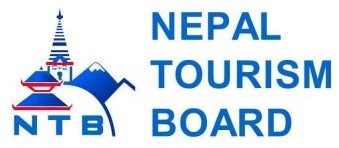Trekking in Nepal: An Ultimate Guide to the Himalayan Adventure
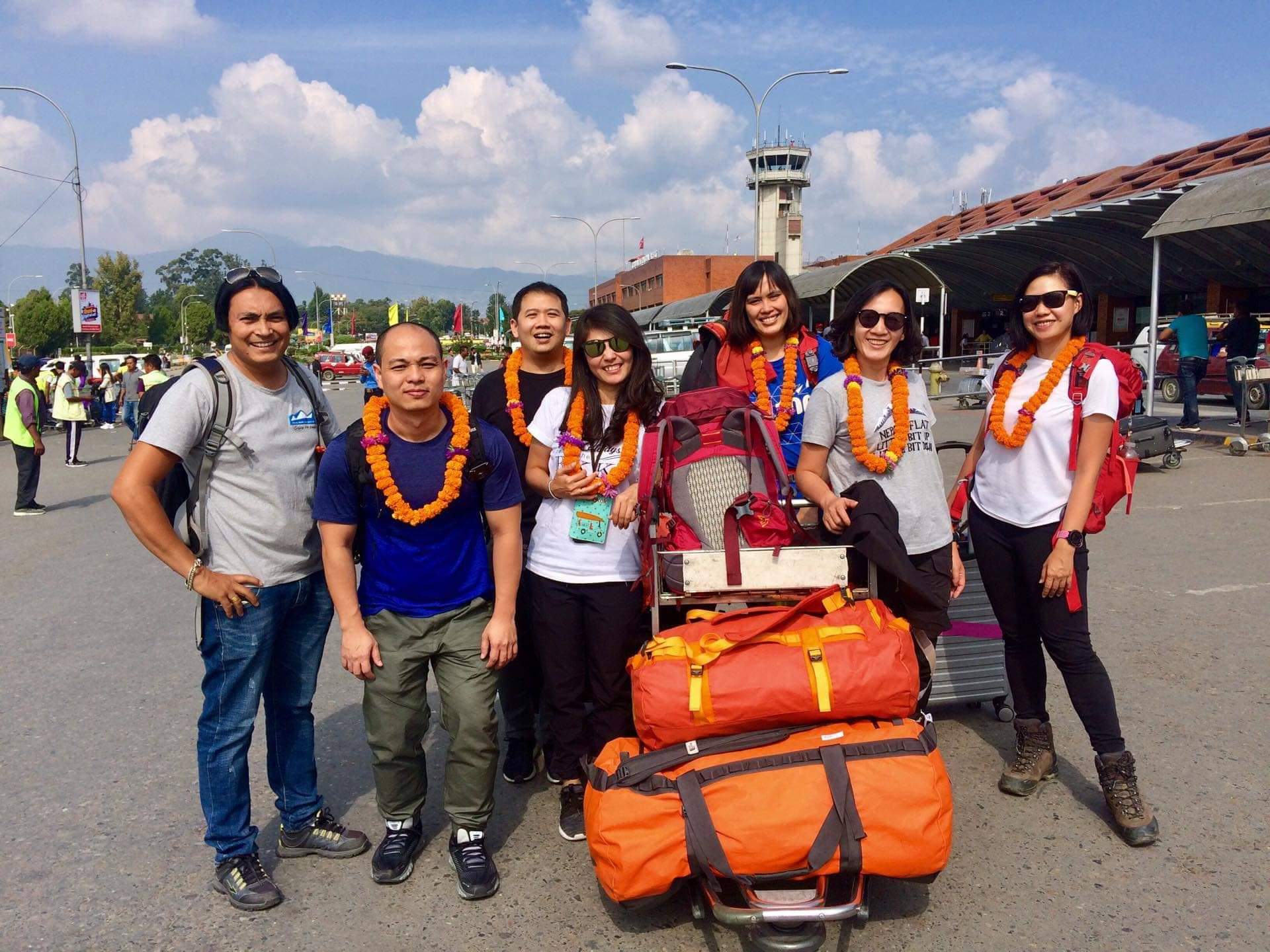
24th Dec, 2024
- teamramadventure
Trekking in Nepal, often referred to as the "Roof of the World," is a trekker's paradise. Nestled in the lap of the majestic Himalayas, this small but diverse country offers some of the most breathtaking trekking trails on the planet. Whether you're an avid adventurer or a first-time hiker, Nepal has something for everyone. From snow-capped peaks to lush green valleys, serene lakes, and ancient monasteries, Trekking in Nepal is a journey through nature, culture, and spirituality.
Table of Contents
Why Trek in Nepal?
Nepal is home to eight of the world's 14 highest peaks, including Mount Everest, the tallest of them all. The country's unique geographical diversity and rich cultural heritage make it a premier destination for trekking enthusiasts. Here are some reasons why trekking in Nepal is an unforgettable experience:
-
Diverse Trails: From easy walks in the lower altitudes to challenging high-altitude expeditions, Nepal offers a wide range of trekking routes.
-
Stunning Scenery: Experience panoramic views of snow-clad mountains, lush forests, cascading waterfalls, and quaint villages.
-
Cultural Immersion: Trekking routes often pass through traditional villages, allowing you to interact with local communities and learn about their customs and lifestyles.
-
Adventure and Challenge: For thrill-seekers, Nepal's rugged terrains provide a perfect blend of adventure and challenge.
Best Trekking Routes in Nepal
1. Everest Base Camp Trek
-
Duration: 12-14 days
-
Difficulty: Moderate to challenging
-
Highlights: The iconic view of Mount Everest, Namche Bazaar, Tengboche Monastery, and Kala Patthar viewpoint.
2. Annapurna Circuit Trek
-
Duration: 15-20 days
-
Difficulty: Moderate to challenging
-
Highlights: Thorong La Pass (5,416m), diverse landscapes, and a mix of Hindu and Buddhist cultures.
3. Langtang Valley Trek
-
Duration: 7-10 days
-
Difficulty: Moderate
-
Highlights: Stunning views of Langtang Lirung, Tamang heritage, and the sacred Gosaikunda Lake.
4. Manaslu Circuit Trek
-
Duration: 14-16 days
-
Difficulty: Challenging
-
Highlights: Remote trails, Larkya La Pass (5,106m), and unspoiled natural beauty.
5. Ghorepani Poon Hill Trek
-
Duration: 4-6 days
-
Difficulty: Easy to moderate
-
Highlights: Sunrise view from Poon Hill, rhododendron forests, and picturesque villages.
Best Time for Trekking in Nepal
Nepal's trekking seasons are divided into two main periods:
-
Autumn (September to November): Clear skies, moderate temperatures, and vibrant landscapes make this the most popular season for trekking.
-
Spring (March to May): The trails come alive with blooming rhododendrons and pleasant weather.
Winter (December to February) and monsoon (June to August) are less popular due to extreme cold and heavy rainfall, respectively. However, some lower-altitude treks remain accessible.
Trekking Permits and Regulations
Most trekking regions in Nepal require permits. Common permits include:
-
TIMS (Trekkers' Information Management System): Required for most trekking routes.
-
Annapurna Conservation Area Permit (ACAP): Needed for treks in the Annapurna region.
-
Sagarmatha National Park Permit: Required for Everest region treks.
-
Restricted Area Permits: Special permits for areas like Upper Mustang and Manaslu.
These permits can be obtained through trekking agencies or the Nepal Tourism Board.
Preparing for Your Trek
-
Fitness and Training: Trekking in Nepal often involves long days of walking at high altitudes. Prepare with regular cardio and strength training.
-
Gear and Equipment: Invest in quality trekking boots, a backpack, layered clothing, and a sleeping bag. Renting gear in Kathmandu or Pokhara is also an option.
-
Guides and Porters: Hiring a guide ensures safety and enhances your trekking experience. Porters can help carry your load, allowing you to enjoy the journey.
-
Acclimatization: Altitude sickness is a real risk. Plan acclimatization days to allow your body to adjust to the higher elevations.
Tips for a Successful Trek
-
Stay hydrated and maintain a balanced diet.
-
Respect local customs and the environment. "Leave no trace."
-
Carry cash, as ATMs are scarce in remote areas.
-
Travel insurance that covers high-altitude trekking is essential.
Final Thoughts
Trekking in Nepal is more than just a physical journey; it’s a transformative experience that connects you with the grandeur of nature and the warmth of Nepali hospitality. Whether you choose a short trek like Poon Hill Sunrise Trek or a challenging expedition to Everest Base Camp, the memories you create will last a lifetime. So pack your bags, lace up your boots, and get ready to embark on an adventure of a lifetime in the heart of the Himalayas.
Nepal experiences six distinct seasons, based on the traditional Hindu calendar. Each season spans approximately two months and reflects the diversity of the country's climate and geography. Additionally, Nepal is known for its rich cultural heritage, with festivals celebrated throughout the year. Here's a detailed breakdown of the seasons and associated festivals:
Seasons in Nepal
Spring (Basant Ritu)
- Months: March–April (Chaitra–Baisakh)
- Features: Pleasant weather, blooming flowers, and greenery.
- Festivals:
- Holi: The festival of colors, celebrated with vibrant powders and water.
- Ghode Jatra: A horse-racing festival in Kathmandu.
Summer (Grishma Ritu)
- Months: May–June (Jestha–Ashadh)
- Features: Hot temperatures, particularly in the Terai region.
- Festivals:
- Buddha Jayanti: Celebrating the birth, enlightenment, and death of Lord Buddha.
Monsoon (Varsha Ritu)
- Months: July–August (Shrawan–Bhadra)
- Features: Heavy rainfall, lush landscapes, and cooler temperatures.
- Festivals:
- Nag Panchami: Worship of serpent deities.
- Janai Purnima/Rakshya Bandhan: Renewal of the sacred thread and bond of protection.
Autumn (Sharad Ritu)
- Months: September–October (Ashwin–Kartik)
- Features: Clear skies, moderate temperatures, and harvest season.
- Festivals:
- Dashain: The biggest Hindu festival, symbolizing the victory of good over evil.
- Tihar: Known as the festival of lights, includes Laxmi Puja and Bhai Tika.
Pre-Winter (Hemanta Ritu)
- Features: Cooling temperatures and dry weather.
- Festivals:
- Months: November–December (Mangsir–Poush)
- Chhath Puja: Dedicated to the Sun God, celebrated mainly in the Terai region.
- Yomari Punhi: Newar festival celebrating harvest and offering yomari (a sweet delicacy).
Winter (Shishir Ritu)
- Months: January–February (Magh–Falgun)
- Features: Cold weather, especially in the mountains, with occasional snowfall.
- Festivals:
- Maghe Sankranti: Marking the transition of the sun into Capricorn, celebrated with sesame and molasses dishes.
- Shiva Ratri: Dedicated to Lord Shiva, observed with fasting and rituals.
Other Prominent Festivals in Nepal
- Gai Jatra (August–September): A Newar festival honoring deceased family members.
- Indra Jatra (September): A Kathmandu valley celebration for Lord Indra, the rain god.
- Teej (August–September): A women's festival for marital happiness and family well-being.
- Lhosar (February): Celebrated by Himalayan communities (e.g., Tamang, Sherpa, Gurung) as their New Year.
- Fagu Purnima (February–March): Another name for Holi in some regions.
Nepal's diverse climate and ethnic groups ensure a year-round festive atmosphere, making it a unique and vibrant country to explore.


 Plan Your Trip Now
Plan Your Trip Now 










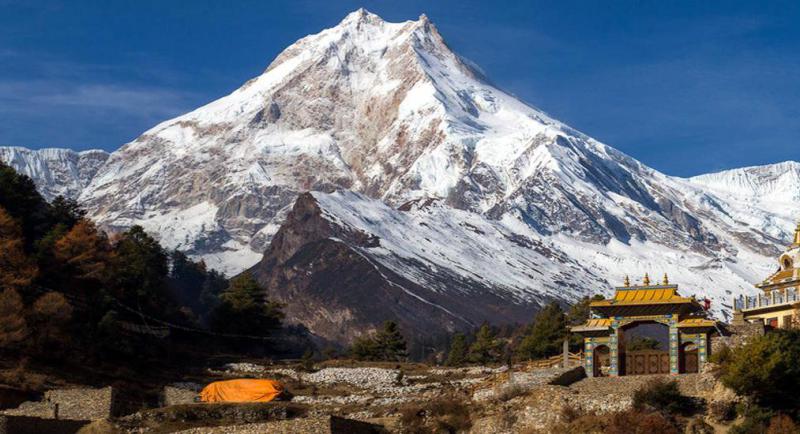

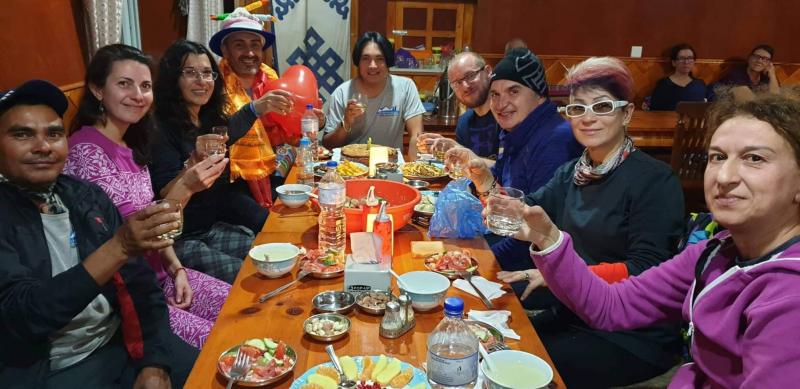









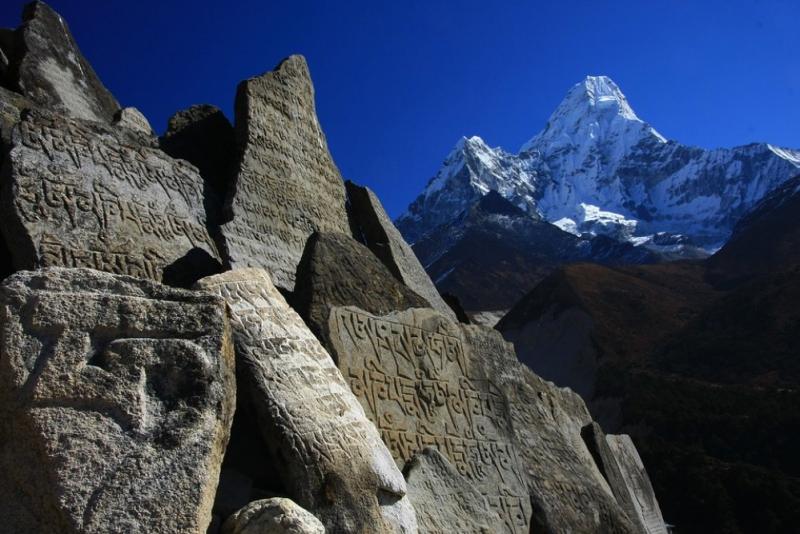






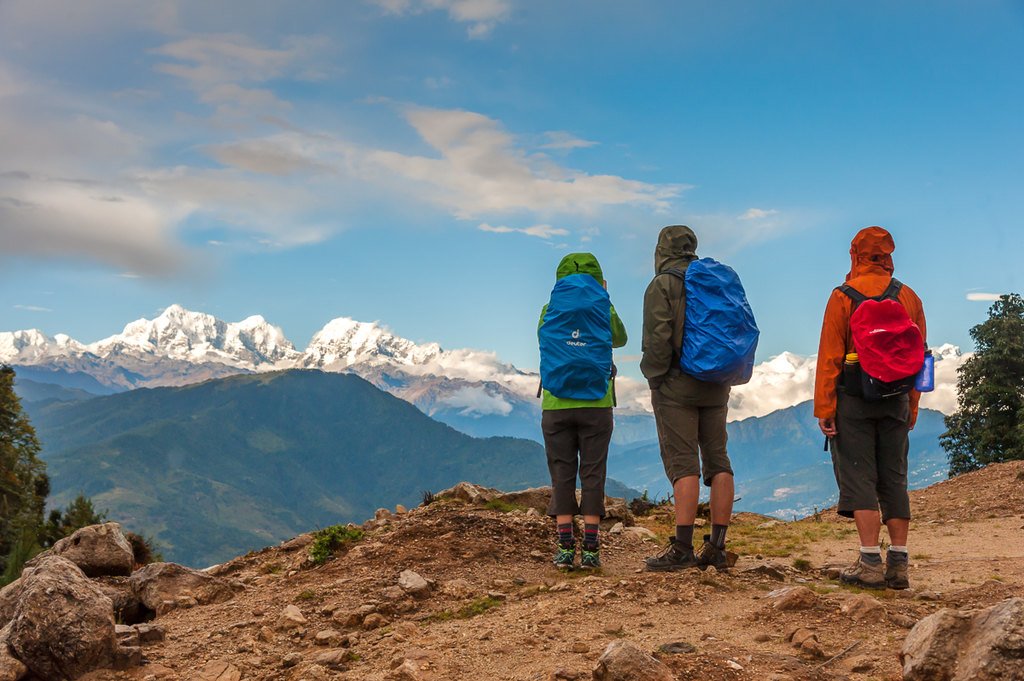
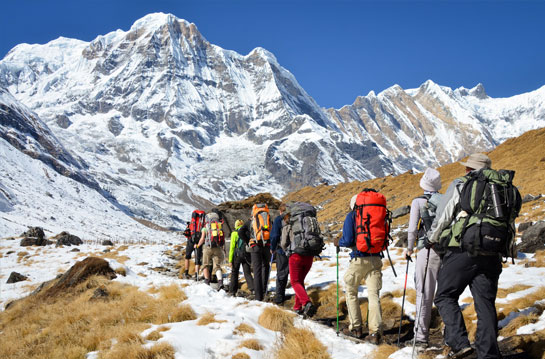
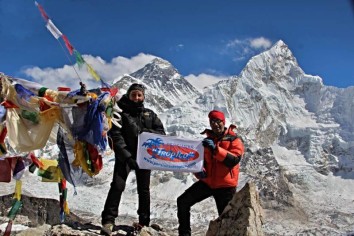






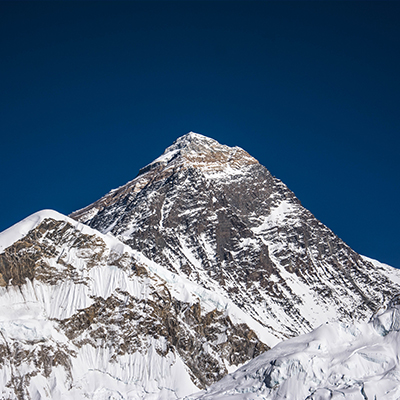


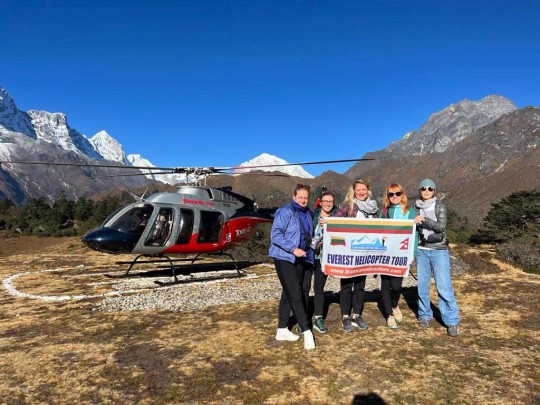



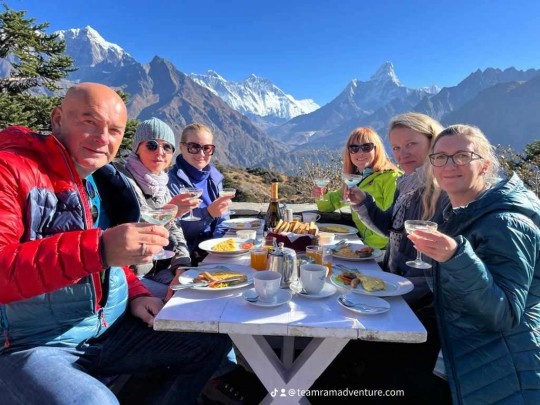







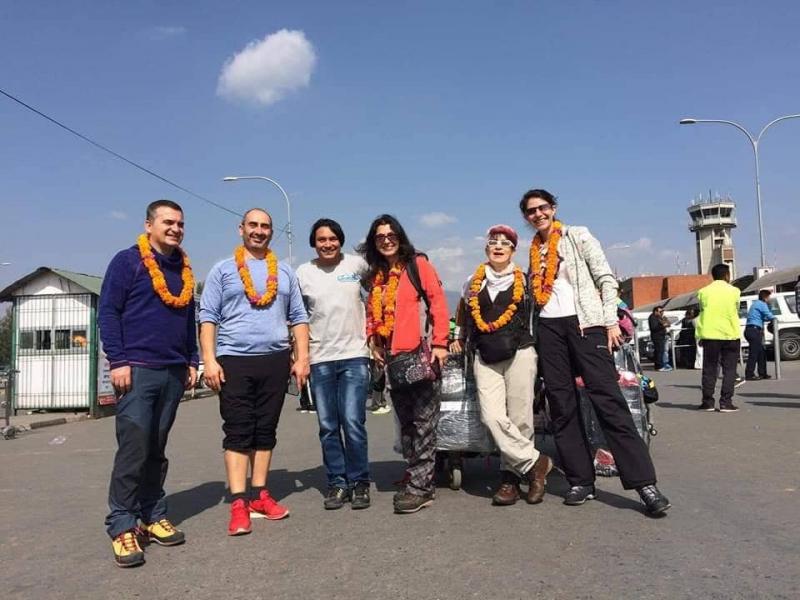












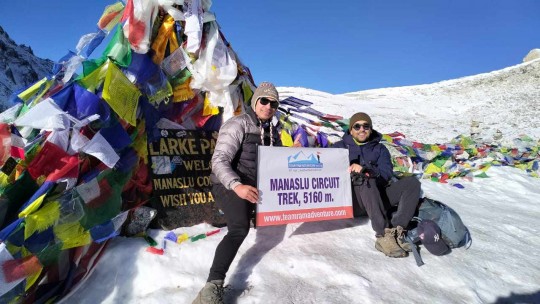
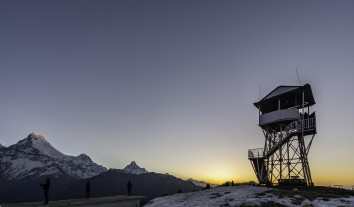
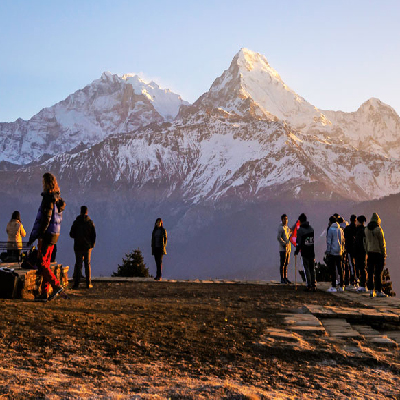










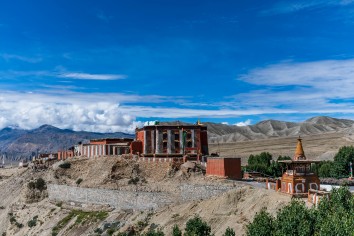


.jpg)







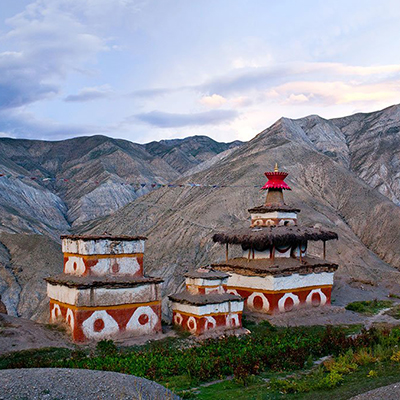
.jpg)


.jpg)

